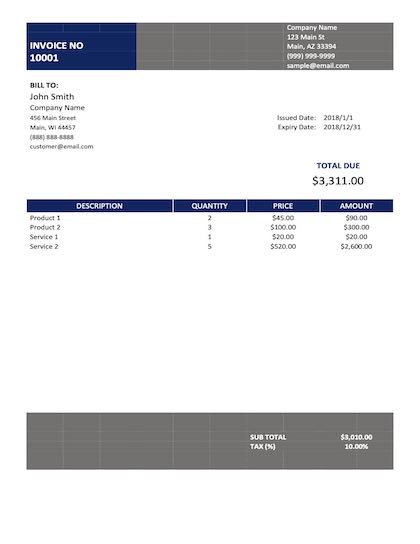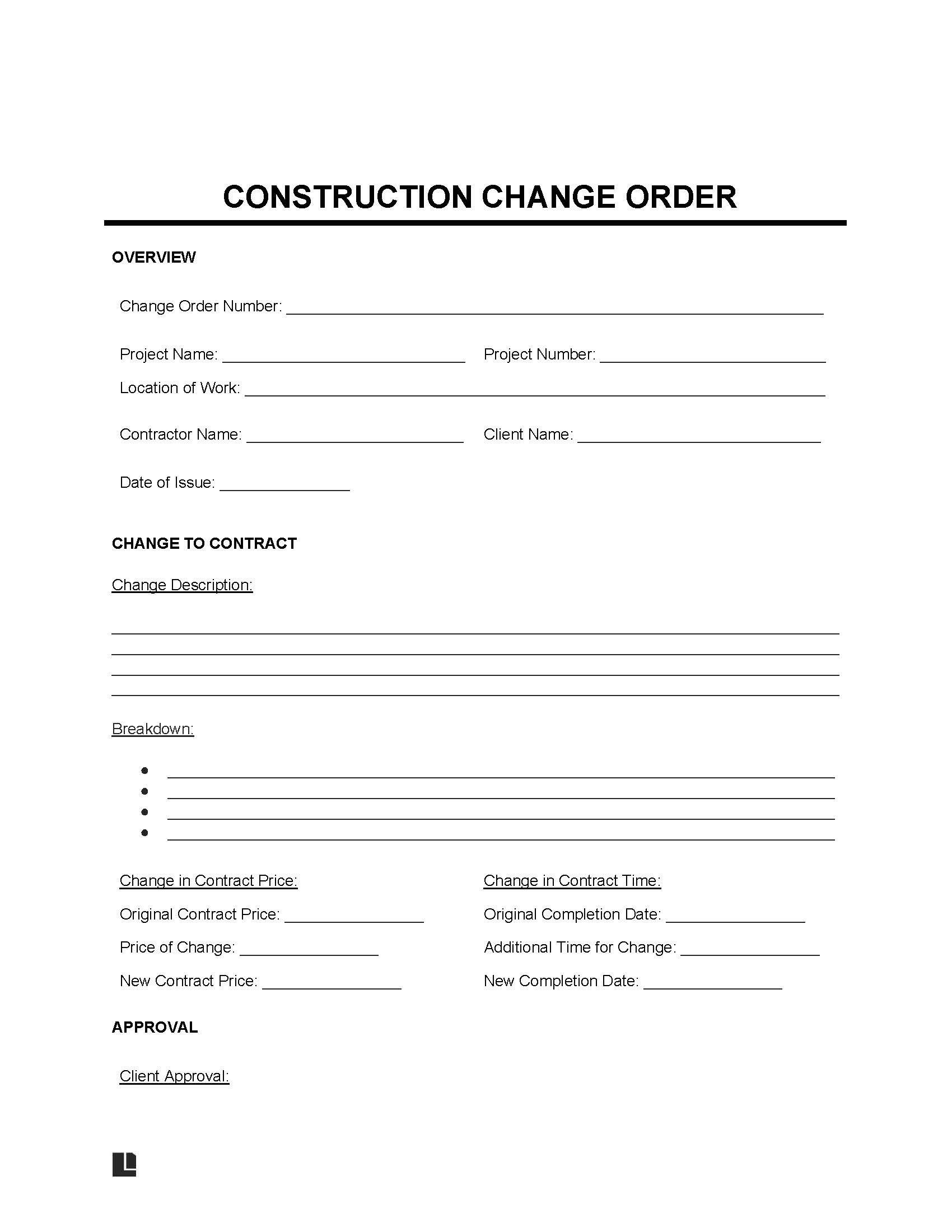What Is a Construction Change Order?
A change order construction form is a written amendment to the original construction contract. Either the contractor or the owner can request one. It updates the scope of work, the timeline, the price, or a combination of these. Each change order explains what’s changing, why, and how it affects time and cost. Both sides must agree for it to be valid. There are two main types:
- Additive: Adds work or increases the price, such as moving a wall or adding a window.
- Deductive: Removes work or reduces the price, like canceling a task or choosing lower-cost materials.
Construction projects often shift as work progresses, so change orders are common. Most contracts include a “changes in the work” clause to guide how these updates should be handled.
When to Limit Change Orders
Limits make sure change orders help, not hurt, the project. A change order shouldn’t:
- Go beyond the original project scope
- Undermine the main goals of the contract
These limits make sure construction change orders stay focused on improving the project without changing its main purpose.
When to Use a Change Order in Construction
Use a change order construction form whenever the original contract needs updating after work has started. This could be because the client requests a change, site conditions require different work, external factors cause delays in the timeline, or the plans need fixing or clarification.
Change order construction forms also help when the project needs to cut costs or adjust timelines due to rising prices or shifting deadlines. They help to:
- Keep both parties on the same page
- Prevent confusion and disputes
- Make changes official and enforceable
This process keeps updates clear and agreed on, so the project keeps moving and no one gets caught off guard.
- Fixed-price contracts need written approval because the contractor absorbs extra costs.
- Cost-plus contracts adjust more easily since the client pays actual costs plus a fee.
- Time and materials contracts are flexible, but every change still needs to be documented in writing.
How to Write a Change Order Construction Form
Change orders are a regular part of construction. But if they’re not written clearly, they can lead to payment disputes, delays, or even legal trouble. Missing signatures or vague details often cause problems, sometimes long after the work is finished. Here’s how to write a clear, accurate change order construction form.
1. Use Our Template
While courts may enforce verbal changes if both parties acted on them, relying on this can backfire, as it may be unclear what the parties actually agreed to. That’s why most contracts require change orders to be in writing, and why it’s important to document them clearly and completely.
A construction change order form template from Legal Templates helps you do this. You can record what’s changing, why, and how it affects cost and schedule.
2. Name the Contractor and Client
In a change order construction form, clearly state the contractor’s full name or company and the client’s full name or company. This defines who’s responsible for the work and who’s signing off on the change.
3. Detail Project Information
Add the project name to identify the specific job tied to the change order. Include the contract number if available to link the change to the original agreement. If none exists, leave it blank. Provide the full project address so everyone knows exactly where the work will happen, including:
- Street address
- City, state, and zip code
Without these details, the change order might get mixed up with the wrong project. Clear project information keeps everything tied to the right location and helps avoid expensive mistakes.
4. Describe the Change
Explain exactly what’s changing in the work within your change order construction form. Use full sentences and be specific so there’s no room for confusion.
Write it like this:
- Replace single-pane windows with energy-efficient windows
Not like this:
- Window update
Then, say if you’re including a breakdown of the changes. A simple yes or no tells everyone whether a detailed list or supporting document is attached. Being specific in a change order construction form helps stop misunderstandings before they start. It also helps prevent scope creep and keeps the work focused.
NYC Subway's Scope Creep
The Second Avenue Subway in New York started simple but ballooned to over $1.7 billion per kilometer, making it the most expensive subway ever built. Extras like oversized stations and added transit lines kept piling on, driving up costs and causing major delays. Keeping change orders tight and specific helps avoid the same outcome.
5. Include Price Changes
Add price changes to the construction change order by stating whether the price has changed. Answer yes or no. If yes, enter the new total amount clearly. Include any new payment arrangements as a result of the updated cost.
This clearly explains how the change affects the overall project cost and helps both the contractor and client agree on the updated budget. Being upfront about price changes reduces the risk of billing disputes down the line.
6. Add Time Changes
Answer yes or no to show if the construction schedule has changed. If yes, specify the exact number of days added or removed from the timeline.
This highlights how the change affects key milestones and the final completion date. Clear time updates stop delays, keep construction subcontractors on schedule, and make sure contractor and client are on the same page with the new timeline.
7. Choose the State Law
Choose the state law that will govern the change order construction form. This sets the rules for how changes are handled and enforced.
Laws vary by state. In California, for example, contractors must have change orders in writing, signed before work begins, and clearly state the scope, cost, and timing. If not, they may not be able to collect payment.
New York takes a more structured approach by requiring contractors to submit a certified list of authorized negotiators at project start. They then have 14 days to submit a cost proposal and attend a formal negotiation before finalizing the change order. This process adds clarity compared to California’s simpler written consent rule.
8. Finalize the Change Order
Finalizing the construction change order makes the change official. First, enter the date the change was agreed on to set a clear timeline.
Then, have both the contractor and client sign to show they approve. This creates a binding record that both agree to the updated work.
Always give written notice for changes or extra costs. For example, in Cascade v. Jackson Dean, the contractor lost their payment claim because they skipped the required notice as set out in their construction contract. The court enforced the contract and awarded legal fees to the other party.
Sample Construction Change Order Form Template
This sample change order construction form gives you a clear idea of what to include in your own change order. It offers a simple way to outline what’s changing and why. When you’re ready, you can download it in PDF or Word format to fill out and use on your project.






